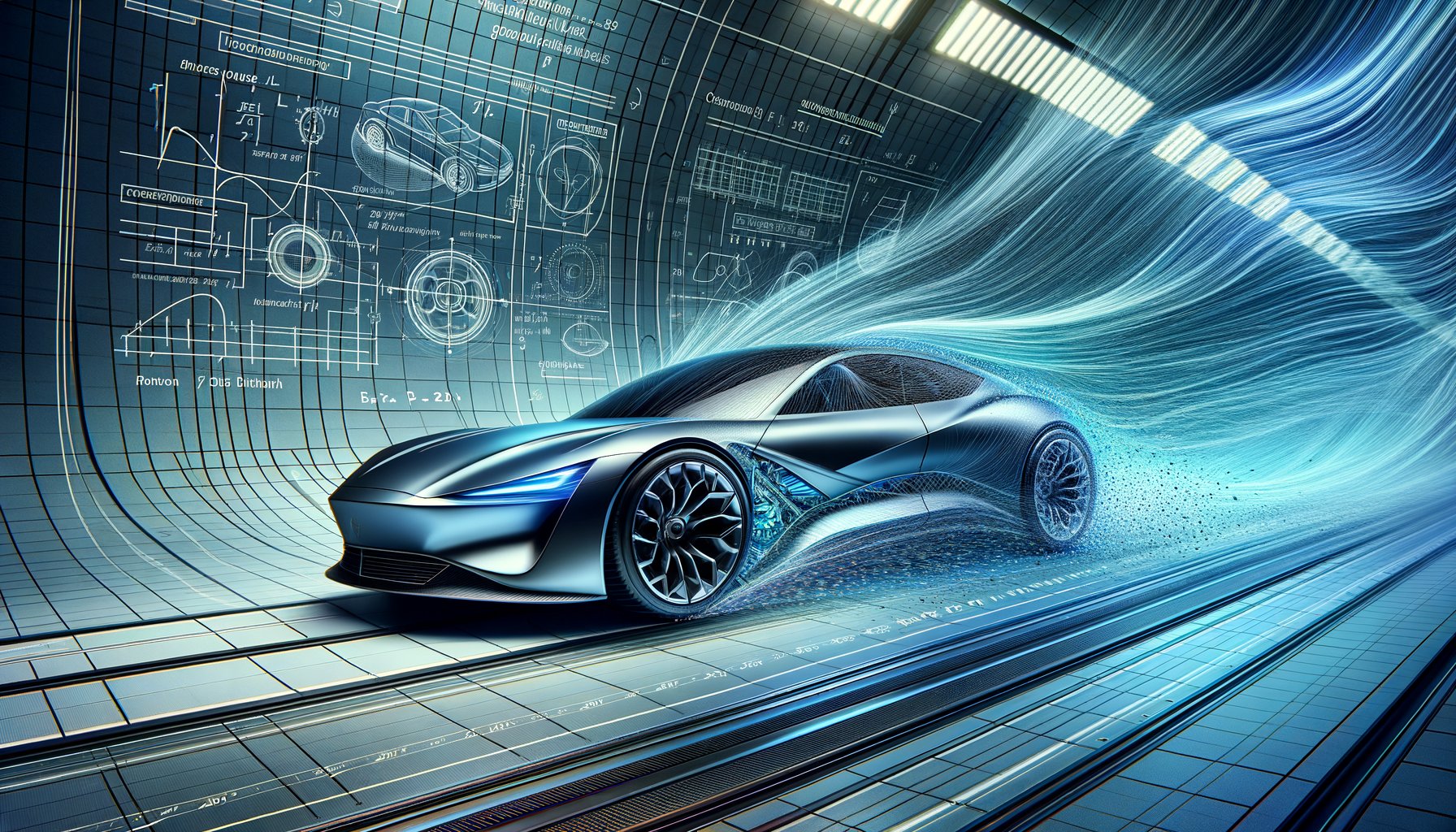Physical Address
304 North Cardinal St.
Dorchester Center, MA 02124
Physical Address
304 North Cardinal St.
Dorchester Center, MA 02124

As the world continues to evolve, so does our understanding of how things work, particularly in the sphere of automotive design. One crucial aspect that has gained significant attention over the years is aerodynamics. But what exactly is aerodynamics and how does it influence car design? Let’s delve into this fascinating topic.
Aerodynamics is a branch of physics that studies the behaviour of air as it interacts with solid objects – in this case, cars. It’s all about managing airflow around a vehicle to minimise drag (air resistance), maximise downforce (keeping the car ‘glued’ to the road), and optimise stability at high speeds.
When designing a car, engineers strive for an ideal balance between aesthetics, performance, fuel efficiency, and safety. Aerodynamics plays a pivotal role in achieving this balance. By reducing air resistance or drag, cars can move more efficiently through the air, leading to better fuel economy and higher top speeds.
The primary objective of automotive aerodynamics is to reduce drag – a force that resists forward motion. There are two types of drag: pressure drag (caused by air pressure differences at the front and rear of the car) and frictional or surface drag (caused by air friction against the car’s surface). A streamlined shape helps manage these forces by allowing smooth airflow around the vehicle with minimal disturbance.
While reducing drag is important for speed and efficiency, too little can make a car unstable at high speeds. This is where downforce comes into play – it increases traction between tyres and road surface for improved handling and cornering ability. Car designers often use spoilers, diffusers, and underbody trays to manage downforce.
Aerodynamics also contributes to a car’s stability. A well-designed car will have balanced aerodynamic forces that keep it steady in straight-line speeds and while cornering. Aerodynamic aids like air dams, side skirts, and rear wings can help achieve this balance.
From the teardrop-shaped cars of the 1930s to the sleek, wind-tunnel tested designs of today, aerodynamics has always played a role in automotive design. However, its importance has grown exponentially with the rise of high-performance racing and the push for greener vehicles.
The world of motorsport has significantly influenced how manufacturers approach aerodynamics. In Formula 1 racing, for instance, engineers spend countless hours fine-tuning their cars’ aerodynamics for maximum speed and handling performance. This focus on aerodynamics trickles down to production cars as manufacturers apply these principles to their road-going models.
As environmental concerns gain prominence, fuel efficiency has become a crucial aspect of car design. Lower drag means less power is required to move the vehicle forward, leading to lower fuel consumption and emissions. Thus, automakers are increasingly leveraging aerodynamic principles to create eco-friendlier vehicles.
The future holds exciting possibilities for aerodynamics in car design. With advancements in technology such as computational fluid dynamics (CFD) simulations and wind tunnel testing becoming more accessible, we can expect even more efficient designs.
One emerging trend is active aerodynamics where components like spoilers and vents adjust automatically based on driving conditions to optimise aerodynamic performance. Electric vehicles (EVs) are also pushing the boundaries of aerodynamics, with their unique design requirements paving the way for innovative solutions.
In conclusion, while aesthetics will always play a significant role in car design, the science of aerodynamics is becoming increasingly important as we strive for better performance, efficiency, and sustainability. So next time you admire a sleek sports car or a futuristic EV, remember there’s more than meets the eye – there’s a whole lot of science at work!